Let’s face it, there’s a ton of advice out there on optimizing PC for gaming, and a lot of it starts with throwing money at the problem. But what if you’re more interested in squeezing more performance out of your existing setup without a complete overhaul?
We’ve all seen the guides promising a magical 100 FPS boost with a single click. The truth is, those are rare. While there are some well-known tweaks, this article won’t waste your time with generic tips you’ve already heard.
Instead, we’ll take a more practical approach. We’ll focus on the core optimizations that deliver real results, explain them clearly, and avoid getting bogged down in technical jargon. Consider this a “greatest hits” of essential tweaks, presented in a way that’s easy to understand and implement.
Upgrade Your Windows and the Drivers to Optimize Your Gaming PC
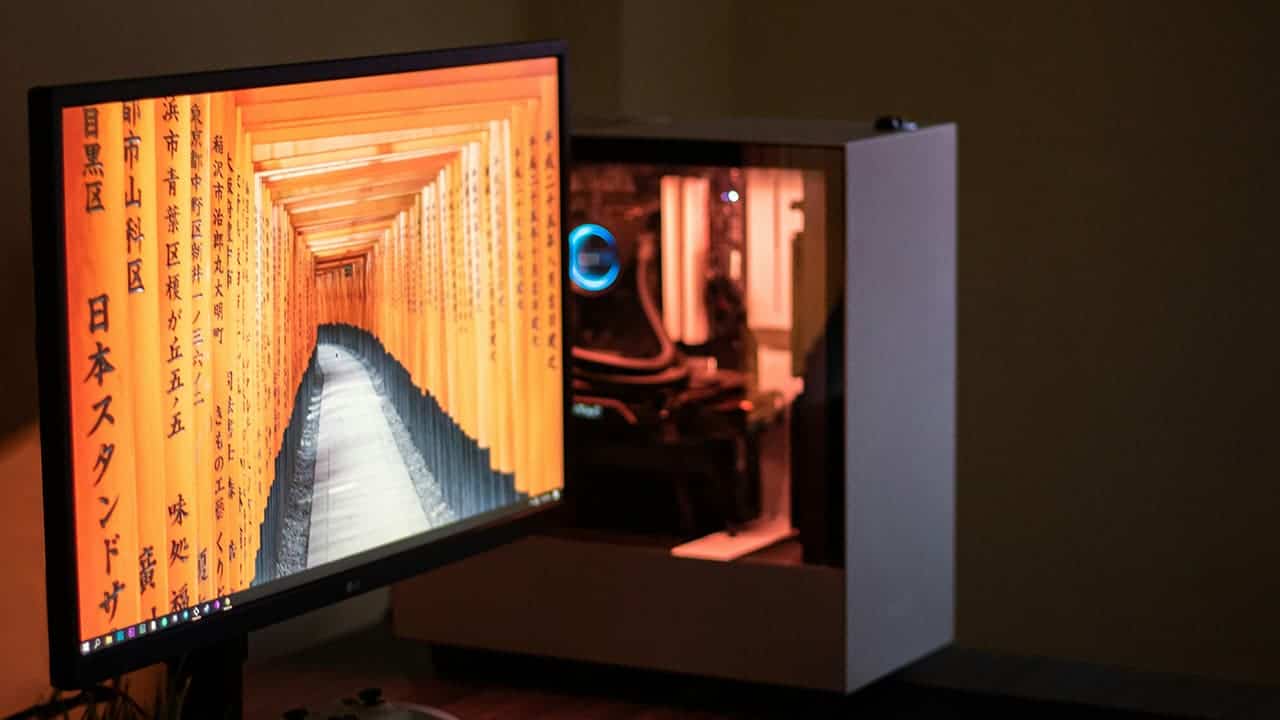
Keeping your system up-to-date is like giving your PC a regular tune-up. The latest drivers for your graphics card, chipset, and even your operating system can work wonders for performance.
Updated graphics card drivers are especially important. They unlock new features and squash bugs. Sometimes, new drivers even give you a performance boost. Aim to update them monthly, or whenever a big game launches.
Worth noting that you should ignore third-party apps. Driver utility tools might seem tempting. But they can sometimes cause more trouble than they’re worth. Stick to official updates from your hardware manufacturer or Microsoft for the smoothest experience.
Another thing to remember is the Windows updates. They may not seem important for optimizing your PC for gaming. However, they often come with performance upgrades. And let’s not forget the security patches that they bring. They are important too.
Keep the XMP or EXPO Turned On
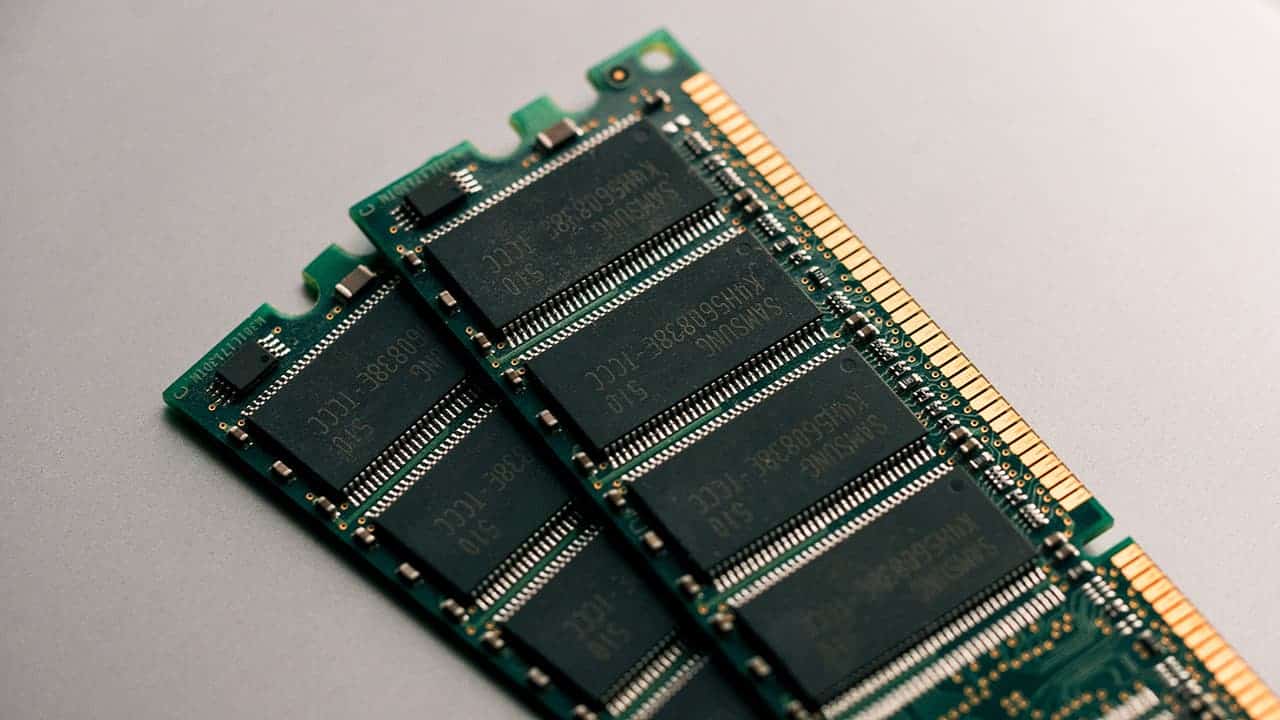
Your RAM plays a crucial role in feeding data to your processor and graphics card. By enabling a feature called XMP (Extreme Memory Profile) for Intel or EXPO (Extended Profiles for Overclocking) for AMD, you can unlock hidden performance within your RAM.
Want to know what is XMP or EXPO? Also, what role does it play in optimizing your PC for gaming? Think of it as a pre-configured overclocking profile for your RAM. It allows your RAM to run at its intended faster speed, which can lead to smoother gameplay and potentially even higher frame rates.
So, how much faster performance can you expect? The exact performance gains vary. However, some users report improvements of 10-15% after enabling XMP/EXPO. That’s a free boost you won’t want to miss! But you should note one thing before opting for this optimizing tip for your PC.
Enabling XMP/EXPO technically involves overclocking your RAM. It’s generally safe with pre-configured profiles. Still, double-check your motherboard manual for specific instructions before proceeding.
Enable ReBAR Smart Access Memory to Optimize Your PC for Gaming
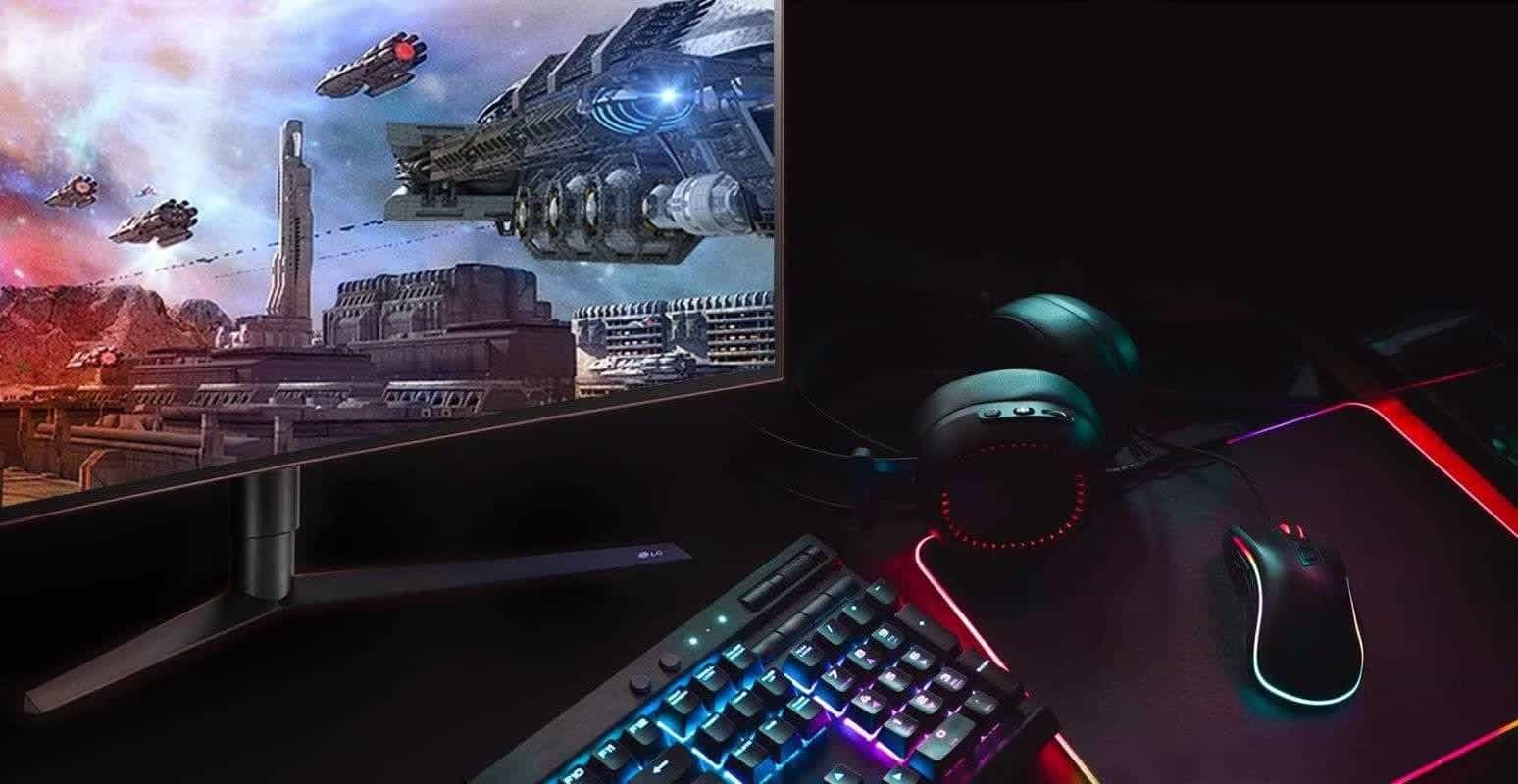
Modern graphics cards rely on a technology called VRAM (Video Random Access Memory). It stores textures, models, and other game data. Traditionally, the CPU accesses this VRAM in smaller chunks. This back-and-forth communication can create a bottleneck, limiting performance.
Enter Resizable BAR (ReBAR) for NVIDIA and Smart Access Memory (SAM) for AMD. These technologies allow your CPU to see all the VRAM at once, streamlining communication and potentially leading to smoother gameplay.
While the performance gains might be modest, some games can see a noticeable improvement. It’s essentially a free tweak that can unlock some extra frames. Do note that not all games support ReBAR or SAM. In rare cases, enabling it might even hurt performance. The good news is that it’s easy to turn on and off in your BIOS settings, so you can experiment and see what works best for your specific games.
Turn the Game Bar Off on Your Windows Gaming PC
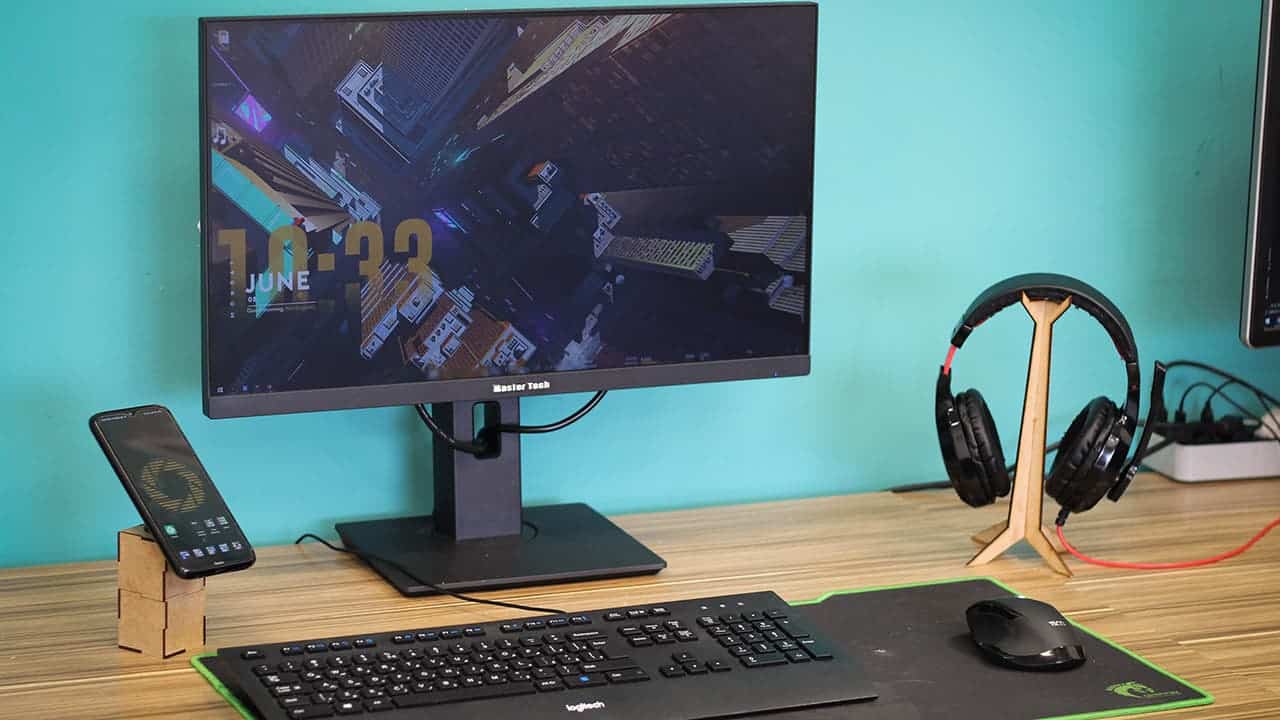
Windows comes with a built-in game recording tool called Game Bar. While it offers some neat features, it can also consume a small amount of system resources in the background. And if you want to get your PC optimized for gaming, you should set it off.
If you never use Game Bar to record gameplay or access its features, consider disabling it for a slight performance boost. This frees up those resources for your games.
Disabling Game Bar doesn’t mean it’s gone forever. You can always trigger it manually using a keyboard shortcut (Windows Key + G) whenever you need to capture a highlight or check performance stats.
Enable Game Mode To Optimize Your PC for Gaming
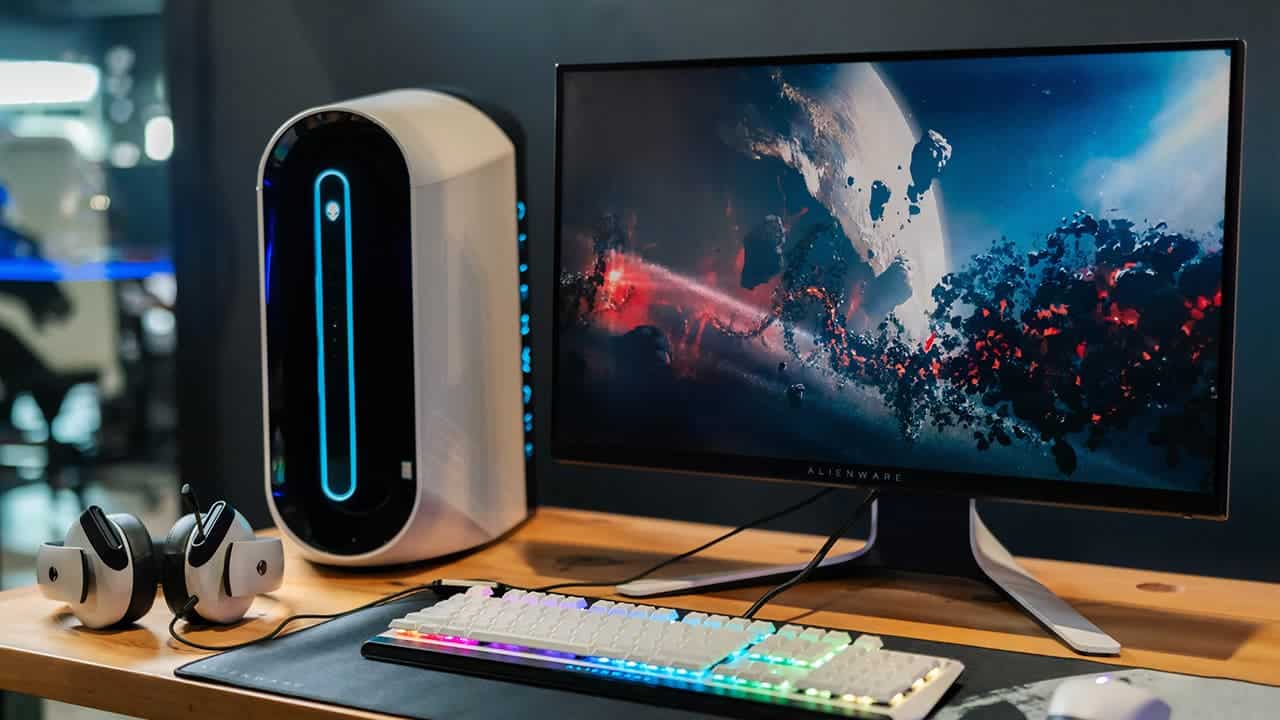
Windows 10 and 11 come with a built-in feature called Game Mode that optimizes your PC for gaming by dedicating more resources to your games. It does this by temporarily disabling background processes that can consume resources and potentially slow down your games.
Here’s how to enable Game Mode in Windows 10 and Windows 11:
- Click the Start button and type “Settings” in the search bar.
- Press on “Settings” to launch the Windows Settings app.
- In the Settings window, click on “Gaming.”
- On the left-hand side menu, click on “Game Mode.”
- Toggle the switch under “Game Mode” to “On.”
That’s it! Once Game Mode is enabled, Windows will prioritize your games when you launch them, potentially resulting in smoother gameplay. Just keep in mind that while Game Mode is generally helpful, it might not provide a significant performance boost in all games.
Disable the Background Apps to Squeeze a Little More Performance
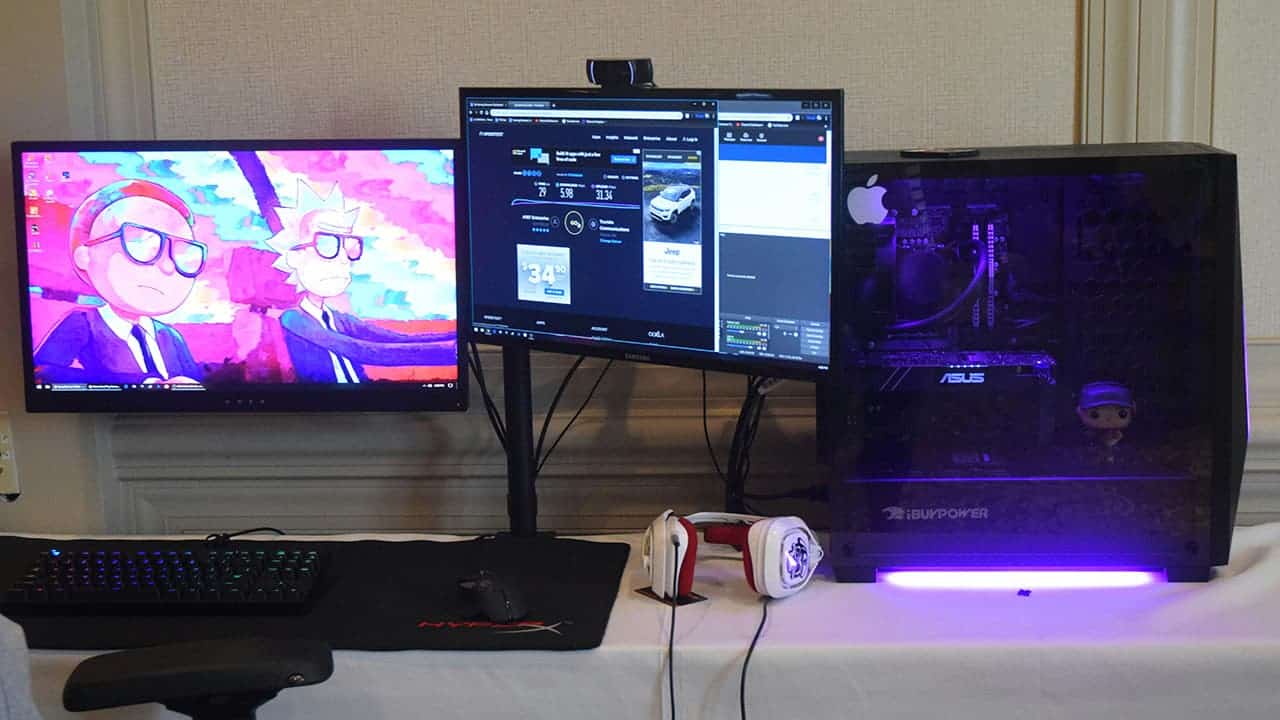
The last tip we got for optimizing your PC for gaming is disabling the background processes. These can gobble up valuable resources needed for smooth gameplay. But don’t just end all of them.
Background apps like Discord or game launchers are usually okay to keep running. But other programs, especially work-related ones like Slack or Teams, can eat into your system’s memory and processing power.
Close any unnecessary apps from your taskbar before launching a game. This frees up precious RAM and CPU cycles, potentially leading to smoother performance. For a more long-term solution, disable programs you don’t need at startup. This ensures they don’t silently munch on resources in the background.





